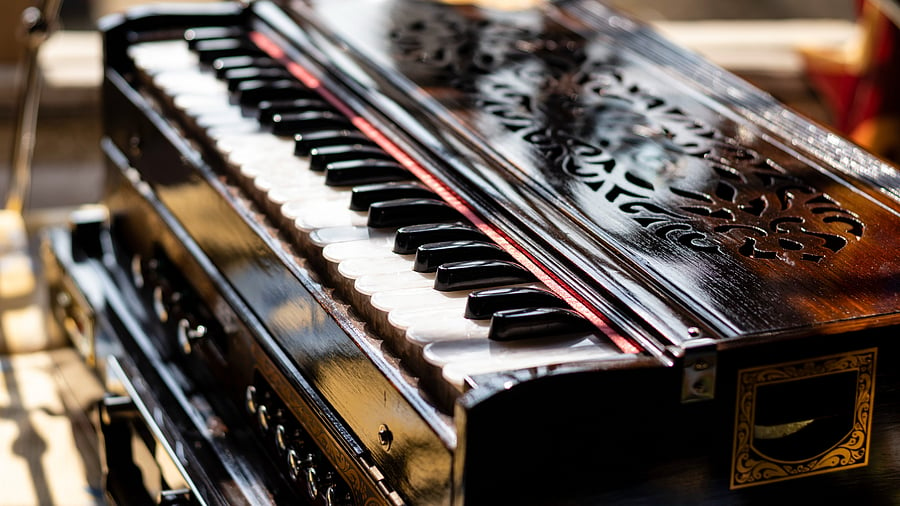
Moving with the times, there are now, among both men and women, musical storytellers and scholars well versed with scriptures as well as modern education.
(Representative image)
Credit: iStock Photo
The musical religious discourse, known as Harikatha or Katha Kalakshepa, meaning “spending time listening to divine stories,” is a composite art form that features in the programmes of even the most sophisticated music sabhas. It has been a pleasant evening entertainment for devout citizens, whether held in a small marquee or a spacious auditorium.
In the past, presenting mythological stories in a musical way was the raison d’être of some doyens, respectfully called Bhagavathar, in the field. These programmes were usually held in temples, where the audience, mostly seniors, would squat on the floor and listen to the learned speakers with rapt attention. They would be present in advance after a hurried supper to occupy vantage positions near pillars and walls.
A popular exponent once regretted that the youth thought these discourses were only for the old and retired. “What guarantee is there that all would survive superannuation?” he would ask in mock seriousness. A musical discourse attracts people as it combines interesting mythological stories, eloquent oral instruction, pleasing music, and good humour. Much depends on the virtuosity of the exponent. The stalwarts in the field shared a unique emotional rapport with their audience through their exposition and musical prowess. They brought to life the immortal works of great poets—Valmiki, Vyasa, and Kambar; the glorious couplets of Kalidasa and Thiruvalluvar; the soul-stirring kirthanas of Purandara Dasa, Thyagaraja, Syama Sastri, and Dikshitar; the melodious tunes of Thulsidas and Arunachala Kavi—rendered with verve, which could move the listeners to tears.
Moving with the times, there are now, among both men and women, musical storytellers and scholars well versed with scriptures as well as modern education. They make their programmes more purposive by telling interesting anecdotes drawn from mythologies to emphasise the need for peace and harmony in the world and to underscore the virtues of humility, charity, and compassion towards the marginalised people. They also explain that in keeping with our tradition, women have to be given a pride of place in our society.
There is another side to these Harikathas too. One could easily identify among the audience those who openly enjoy the Bhagavathar’s sparkling wit and racy satire. They guffaw and rent the air with peals of laughter. “I am disappointed today since he did not come out with interesting anecdotes while dilating on Bhima’s gustatory habits,” regrets those who are drawn by the flamboyant richness of the scholar’s humour. To some, an overdose of music in Harikatha is anathema.
Once, while listening to a discourse, I noticed a person next to me punctuating the dissertation with spontaneous remarks like “Ha, Ha” and “Sabhash”. He praised the scholar’s erudition but seemed to ignore the collection plate when it came around despite the tinkling sound of coins!